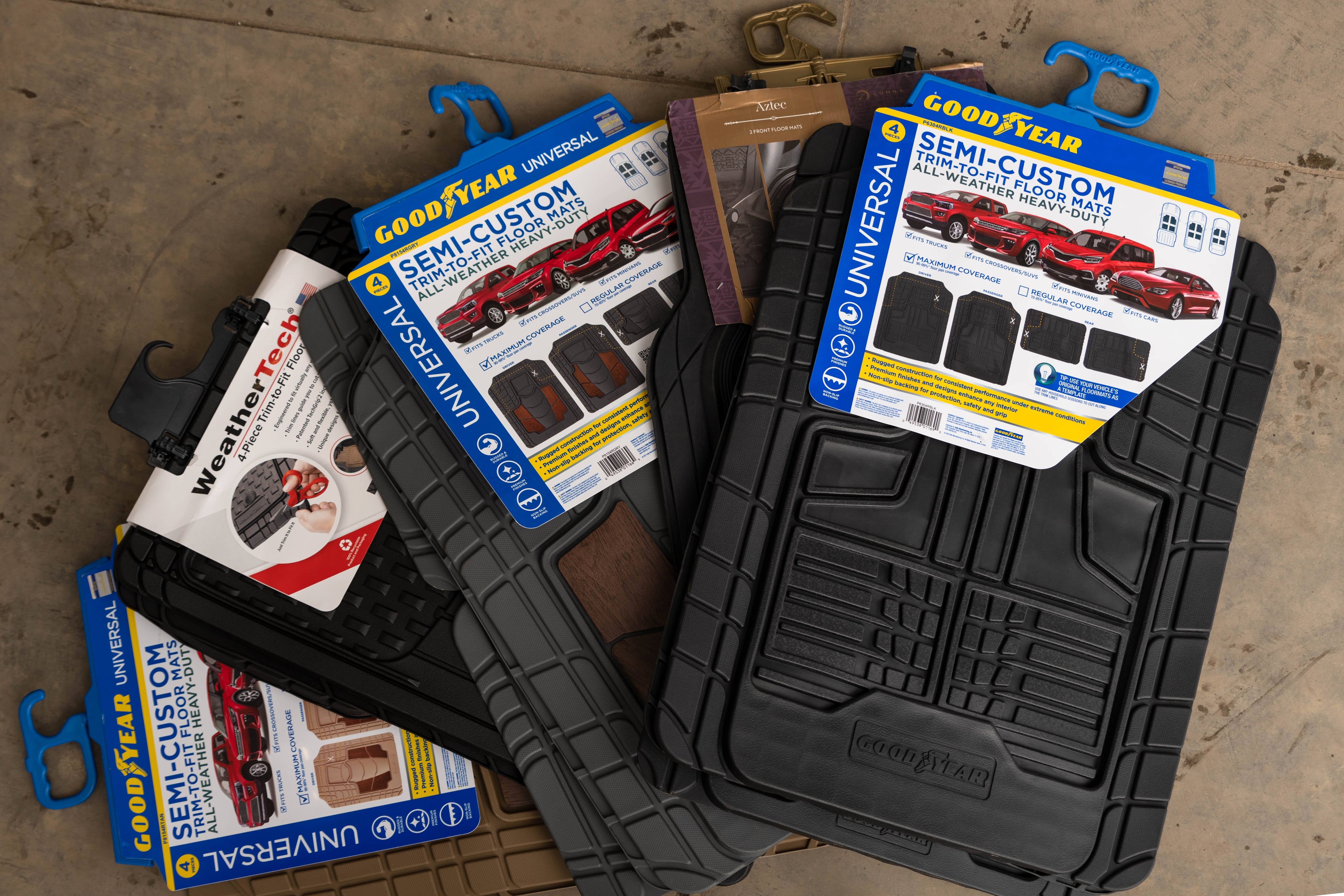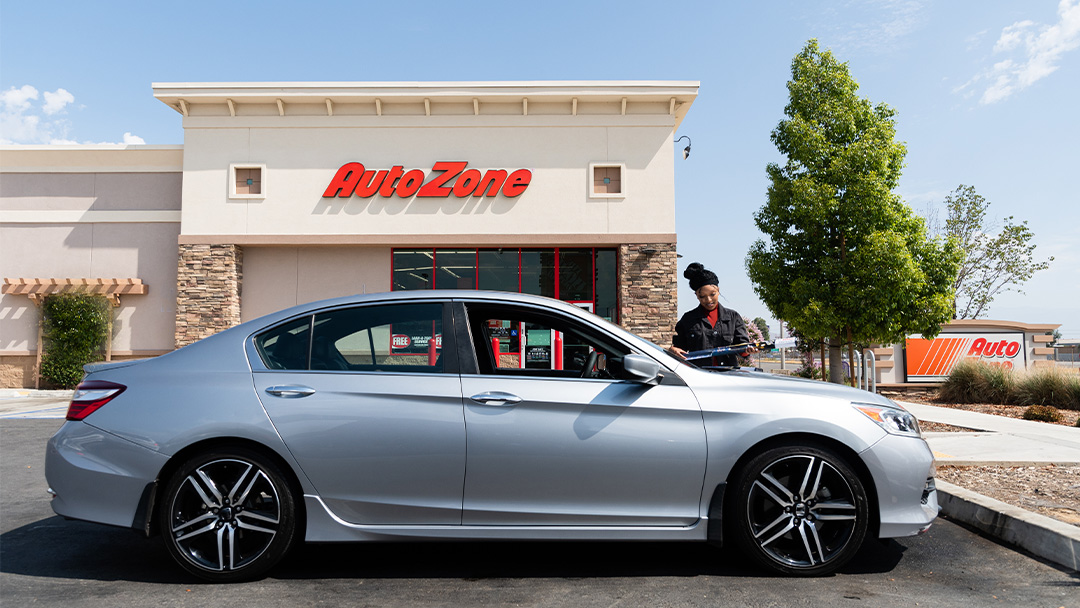Best Material for Headliners
Article Summary

Why Headliner Material Matters
Your car’s headliner does more than make the interior look polished. It adds insulation, absorbs sound, and helps keep cabin temperatures stable. When a headliner starts to sag, stain, or wear out, replacing it gives your interior an instant refresh.
But before grabbing the nearest roll of material, it’s important to know which type suits your vehicle and your budget. From suede to vinyl, the right headliner material can make all the difference in comfort, appearance, and how long it lasts.
Common Types of Headliner Materials
Fabric
Fabric is the most common and widely used headliner material in modern vehicles. It’s typically made from a soft polyester or nylon blend attached to a foam backing. Fabric provides a comfortable feel, excellent sound absorption, and a factory-like appearance. It’s also one of the easiest materials to work with for DIY installation, making it the best fabric for headliner replacement if you’re tackling the job yourself.
Suede
If you’re going for a premium look, suede is an excellent option. It delivers a rich texture and upscale appearance often found in luxury vehicles. True suede can be expensive and more delicate, but microsuede – its synthetic counterpart – has a similar look at a lower cost and with easier maintenance. Just be prepared for a bit more effort during installation as suede can be harder to stretch evenly.
Vinyl
Vinyl headliners are known for lasting a long time and being easy to clean. They’re resistant to stains, moisture, and UV damage, making them ideal for convertibles, classic cars, or vehicles exposed to high humidity.
Vinyl doesn’t offer the same soft feel as fabric or suede, but it’s one of the longest-lasting materials available. It’s also an excellent fabric for the headliner of car owners who value low upkeep over plushness.
Foam-Backed Cloth
Foam-backed cloth is a hybrid option that provides both comfort and structure. It’s essentially a lightweight fabric bonded to a thin foam layer, giving it flexibility for easy installation and a cushioned feel once installed. Most factory headliners use this type, and it’s widely available in various colors and textures. Because it’s budget-friendly and easy to apply with adhesive spray, foam-backed cloth is one of the most popular materials for DIY headliner projects.
Factors to Consider When Choosing a Headliner Material
You might want to install the same headliner material you had before, or maybe change it up. Here’s what to think about before you buy the material.
Durability – Think about your when and where you drive. If your car spends a lot of time in the sun, vinyl may be the smartest choice for its UV resistance. Fabric and foam-backed cloth offer decent life but may wear faster in harsh climates.
Comfort and looks – For drivers who value comfort and style, suede and fabric options win hands down. They add warmth, texture, and a premium appearance to the cabin. Suede in particular enhances the sense of luxury, while fabric maintains a classic and cozy look.
Cost and maintenance – Vinyl is affordable and easy to clean, while suede sits at the higher end of the price range. Fabric and foam-backed cloth offer great balance, being economical, good-looking, and easy to replace. Maintenance-wise, fabric and suede should be vacuumed occasionally, while vinyl simply wipes clean with a damp cloth.
Ease of installation – If you’re planning a DIY project, foam-backed cloth and standard fabric are your best bets. They stretch easily, bond well with headliner adhesive, and are forgiving of small mistakes. Vinyl and suede require a bit more precision and patience.
Best Material for DIY Headliner Replacement
For most do-it-yourselfers, foam-backed fabric is the go-to option. It’s affordable, widely available, and allows for a professional-looking finish. You can cut it to size, spray adhesive directly on the foam side, and smooth it into place without wrinkles or creases. It also conforms well to curves, which is especially helpful on headliners with contours. This type of car headliner cloth strikes the perfect balance between user-friendliness and durability, making it ideal for beginners or anyone wanting to give their car’s interior a fresh look on a weekend.
Tips for Extending the Life of Your Headliner
Keeping your new headliner in good shape is easy if you follow a few simple habits:
Avoid direct sun exposure – Park in the shade or use a windshield sunshade to reduce UV damage.
Clean gently – Vacuum occasionally using a soft brush attachment or spot clean with mild soap and water.
Prevent moisture buildup – Fix leaks from windows, sunroofs, or weatherstripping right away to avoid mold and sagging.
Keep cabin temperatures moderate – Extreme heat can break down foam adhesives over time.
Choosing the Right Material for Your Vehicle
The best headliner material depends on your vehicle type, your budget, and your preference. A daily commuter may benefit from foam-backed fabric, while a vintage restoration might demand vinyl so it’s period-correct. For luxury builds or show cars, suede or microsuede offers that standout finish.
Whichever you choose, take your time with the installation and use high-quality headliner adhesive to get a smooth, secure bond. And if you’re unsure which material suits your vehicle best, you can always visit your local AutoZone or shop online to compare available options and tools for the job.
Ready to give your car’s interior a makeover? AutoZone carries everything you need for a headliner replacement, from car headliner cloth to adhesive sprays and installation tools. Stop by your local store or order online today to find the perfect material for your next DIY project.
FAQ / People Also Ask
Vinyl is the most durable and long-lasting material, especially in humid or sun-exposed conditions.
Yes, many DIYers successfully replace headliners using foam-backed fabric and headliner adhesive.
Vinyl lasts longer and resists stains, while fabric offers a softer feel and more traditional appearance.
DIY replacement typically costs $40 to $100 for materials, while professional replacement can range from $200 to $500.
Heat, humidity, and old adhesive breaking down over time are the most common causes of headliner sagging.





